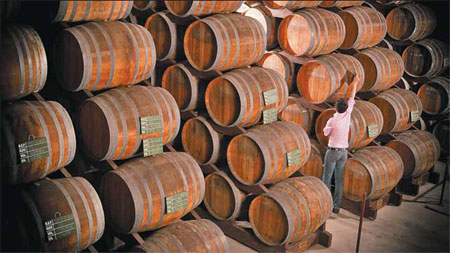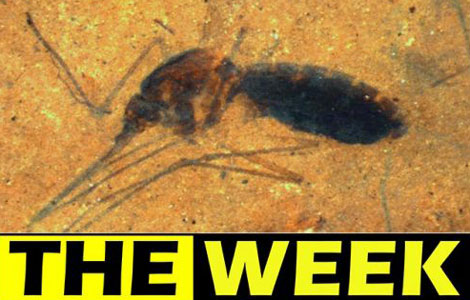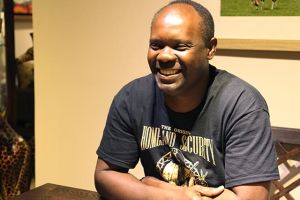Spirit of the apple
Updated: 2013-10-20 08:13
By Mathew Scott (China Daily)
|
|||||||||||
Calvados, the fruit brandy for which Normandy in France is so famous, will no longer be the best-kept secret of the region. In fact, it is headed straight for the largest potential market in the world - China. Mathew Scott reports.
Vincent Boulard can hardly contain his excitement as he sits down to take his place along the oak-wood dining table. His first suggestion here inside the Restaurant Normand is that we indulge in a dish that will allow us to sample some of the produce plucked from the Normandy region of France that surrounds us.
We are presented with a fondue that features steaming hot pots of Camembert, Livarot and Pont-l'Eveque, the cheeses unique to the region, and into which we begin to dip and smother chunks of ham, sausage, potato and apple.
But Boulard has an agenda today, dining with us in a room carved out of an ancient oak barrel that was once used to age the apple brandy the locals here call calvados.
Since the 1500s, distilleries around Normandy have been producing this potent brew, which alongside the rich scent of the fruit from which it is borne can often reveal the tastes of other fragrances such as pear and even honey, and which, like the local department, takes its name from the Latin phrase used by ancient seafarers for the cliffs which mark the local coastline.
What Boulard wants to share is the news that the region's three leading brand of calvados have struck an agreement with the Vanchine Wine distribution outfit in Shenzhen that will begin to see their products introduced - for the very first time - into the Chinese market.
"I cannot really explain just how excited we are by this news," says Boulard, director of public relations at the Spirit France premium spirits group, which controls the Pere Magloire, Boulard and Lecompte calvados labels.
"For us here in Normandy - and in particular around the towns of Trouville and Deauville - calvados has always been a little secret we like to share with our friends. In this way calvados has been taken to around 80 countries over the years but never before into China. For us this is like the final piece of the puzzle and now the whole world can share this secret with us."
Before sitting down to lunch we had been taken on a tour of the stone-walled Pere Magloire distillery across the road here in Pont l'Eveque (founded in 1821) and have been walked through its history - and the history of the region - by Boulard's colleague Marie-Anne Saloux.
The distillery's museum features the tools of its trade as it has been passed down through the centuries, from the ancient hoe's that tilled the local soil and apple orchards, to the creaking wooden grinding wheel that once turned the more than 200 varieties of apples into the "must" that would become cider, first, before being run through copper stills and then aged in those oak barrels as the distilling process transformed into calvados brandy.
With an alcohol content of around 40 percent, calvados comes in four grades - Trois pommes (at least 2 years old), Reserve (at least 3 years old), VSOP (at least 4 years old) and XO (at least 6 years old but often up to 50 or more years old).
"Calvados really first became famous outside this region in the 1920s," says Saloux. "In Paris and New York it became the drink of high society where the fashionable set would sip it on the rocks, with tonic or in cocktails."
During the World War II, local pilot Marcel Lefevre of the famed Normandie-Niemen Regiment - which had been relocated after the fall of France to the Eastern Front to fight alongside Russian forces and was noted for its bravery in battle - was so inspired by the courage he believed calvados gave him that he had the face of the character found on the Pere Magloire label painted on the side of his aircraft.
"It is a drink that people seem to form a very personal relationship with," explains Saloux. "People also become very particular about how - or even when - they drink it."
Hence there are those who will only take their calvados straight as a digestive, or those such as the famed bartender Colin Field from the Ritz in Paris who likes to add its apple flavors to his cocktails. The liquid is also commonly used in the region for cooking, again adding its apple flavors to tarts or to cream sauces such as those used with escalope dishes.
"But only very young calvados - 2 years old - should be used for cooking," laughs Saloux. "My brother once saw someone used XO calvados in a sauce and nearly had a heart attack."
Just how popular the drink has become globally is reflected in its export figures. Of an estimated 10 million bottles of calvados the Normandy region produces each year, it is estimated more than 50 percent is now sent to overseas markets.
For Boulard, the challenge now is win over the taste buds of a Chinese consumer.
"We are welcoming more and more Chinese tourists to our region, and they are learning more and more about what we think makes Normandy special," he says. "And calvados lies at the very heart of that."
Contact the writer at sundayed@chinadaily.com.cn.
|
The ancient oak barrels are used to age the apple brandy, which the locals call calvados. Photos Provided to China Daily |
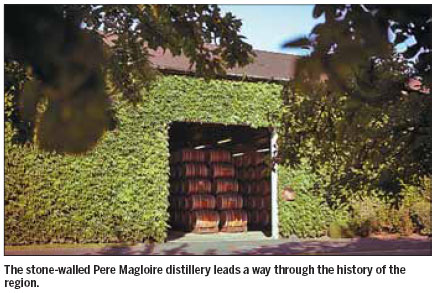
(China Daily 10/20/2013 page14)
Today's Top News
Australian authorities fear worsening wildfires
Suicide bomber kills 16 in Somali cafe attack
Italy court sets 2-year Berlusconi political ban
China, EU to hold investment talks
US budget war rages on
Growth 'paves way for reforms'
Mystery blonde girl found in Greece
Trending news across China
Hot Topics
Lunar probe , China growth forecasts, Emission rules get tougher, China seen through 'colored lens', International board,
Editor's Picks

|
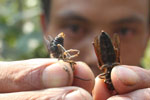
|

|

|

|

|
